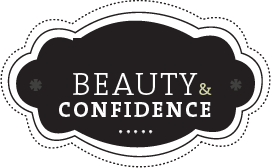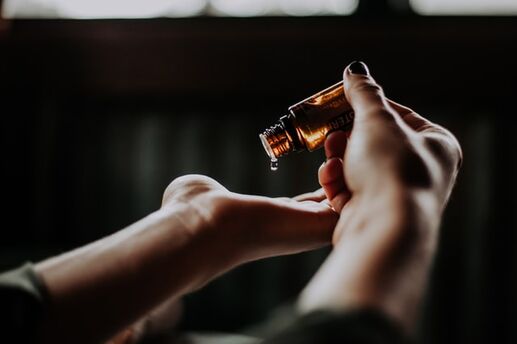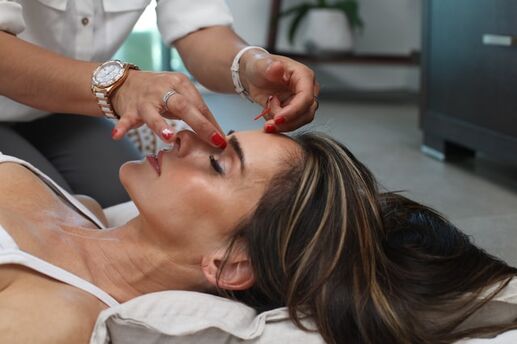The Right and Wrong Way to Meditate: Finding Balance and Purpose
Introduction
Meditation has gained immense popularity in recent years as a powerful tool for reducing stress, enhancing focus, and promoting overall well-being. However, like any practice, there is a right way and a wrong way to approach meditation. In this blog post, we will explore both ends of the spectrum to help you navigate the path towards effective and meaningful meditation. By understanding the do's and don'ts, you can create a practice that brings you true inner peace and personal growth.
The Wrong Way to Meditate:
-
Forcing Out Thoughts: Many beginners make the mistake of believing that meditation involves completely emptying the mind of all thoughts. However, this can lead to frustration and discouragement. The goal is not to suppress thoughts but rather to observe them without judgment. Acknowledge your thoughts as they arise, let them pass by, and gently bring your attention back to your breath or chosen focal point.
-
Expecting Immediate Results: Meditation is a journey that requires patience and consistency. Some individuals may expect immediate relaxation or enlightenment, but this can create unrealistic expectations. Instead, approach meditation with an open mind and embrace the gradual progress that comes with regular practice. The benefits will unfold naturally over time.
-
Lack of Consistency: Consistency is key when it comes to meditation. Many people fall into the trap of sporadic practice, only meditating when they feel stressed or overwhelmed. True transformation and growth occur when meditation becomes a regular part of your daily routine. Aim for a specific time and place dedicated to your practice, even if it's just a few minutes each day.
The Right Way to Meditate:
-
Creating a Sacred Space: Designate a specific area in your home or workplace where you can meditate without distractions. Decorate it with calming elements like plants, candles, or meaningful objects. This space will become a sanctuary that signals your mind and body to enter a state of relaxation and focus.
-
Setting Clear Intentions: Before you begin each session, take a moment to set clear intentions for your meditation practice. Whether it's to cultivate gratitude, reduce anxiety, or improve self-awareness, having a purposeful focus will enhance the effectiveness of your meditation.
-
Cultivating Mindfulness: Mindfulness is the art of being fully present in the current moment. Instead of getting caught up in thoughts about the past or future, bring your attention to the sensations of your breath, the sounds around you, or the physical sensations in your body. By practicing mindfulness, you deepen your connection with the present and develop a greater sense of peace and clarity.
-
Experimenting with Techniques: Explore different meditation techniques to find what resonates with you. This could include mindfulness meditation, loving-kindness meditation, body scan meditation, or guided visualization. Experimenting allows you to discover the techniques that align with your goals and preferences.
Meditation is a powerful practice that can positively impact your life if done with the right mindset and approach. By avoiding the common pitfalls and embracing the correct methods, you can unlock the full potential of meditation. Remember, there is no one-size-fits-all approach to meditation, and it is essential to listen to your intuition and adapt the practice to suit your unique needs. With consistency, patience, and an open heart, you can cultivate a meditation practice that brings you peace, clarity, and personal growth.






